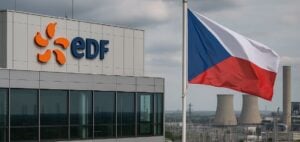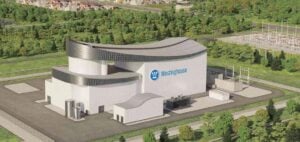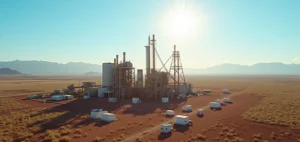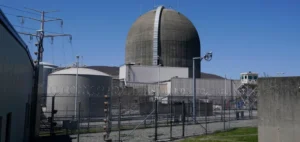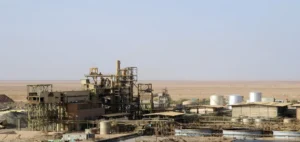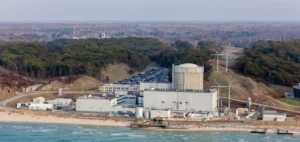Westinghouse is developing a new generation nuclear power plant with Ansaldo Nucleare, to deploy a lead-cooled reactor.
A long-standing partnership
Westinghouse and Ansaldo Nucleare sign a cooperation agreement to develop a new generation nuclear power plant. It is based on the LFR technology. The two companies will advance a common design to maximize synergies.
The companies will combine their experience in design, testing and licensing. Finally, they will align their respective partner and supply chain organizations. The agreement between Westinghouse and Ansaldo Nucleare builds on development activities already underway in several countries.
A promising technology
LFR technology combines the use of liquid lead as a refrigerant. The high temperature operation and the fast neutron spectrum simplify the design. The objective is to gradually improve performance compared to traditional nuclear technology.
Westinghouse Chief Technology Officer Rita Baranwal states:
“We are developing an economically competitive, versatile and sustainable nuclear power plant that will be deployed to meet the needs of diverse communities and evolving energy markets, including district heating, hydrogen production and water desalination.”
For more than 40 years Westinghouse and Ansaldo Nucleare have worked together to develop advanced light water reactor technology. More than ten state-of-the-art LFR lead-based test facilities are being installed.












